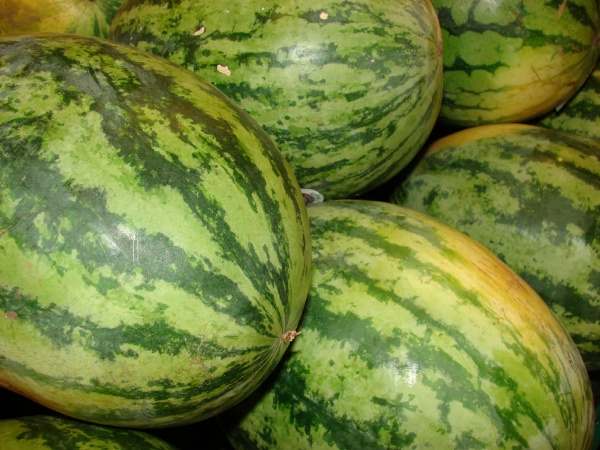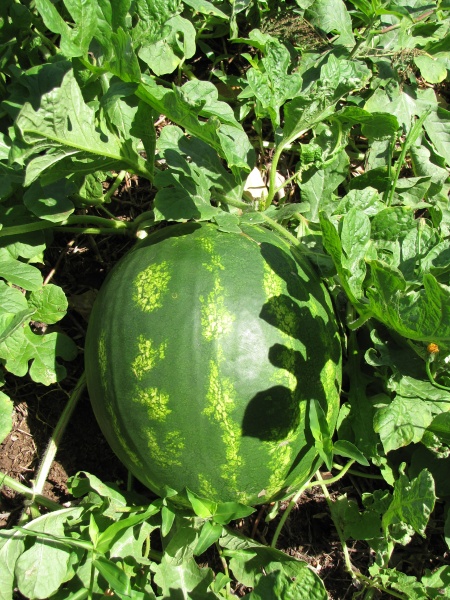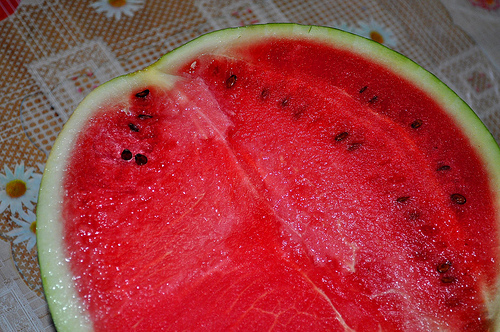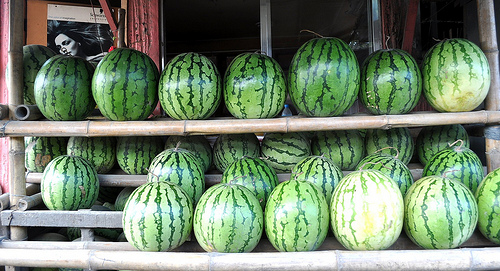Nutrition
How do plants obtain their energy?
Photosynthesis!
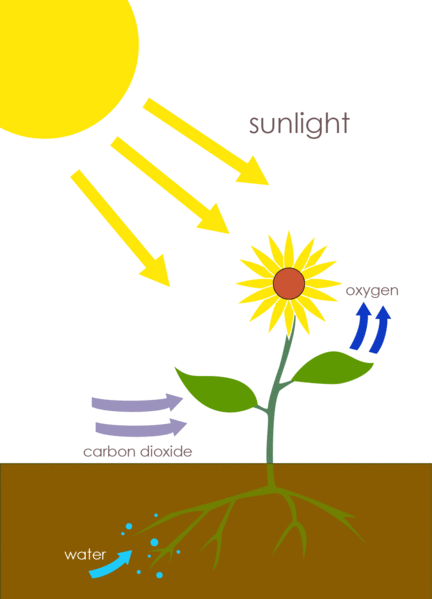
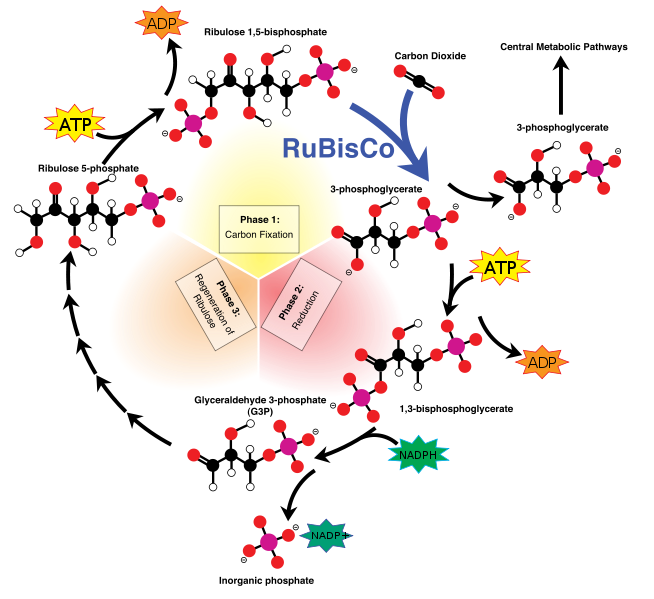
6CO2 + 6H2O + light --> C6H12O6 + 6O2
Like all organisms under the phylum Plantae, the Citrullus
lanatus is photoautotrophic, meaning it creates its own sugars
and energy from light going through a process called
photosynthesis in order to gain its energy, and essentially
survive. This process involves using light energy, water, and
carbon dioxide from the atmosphere to create sugars in the form
of glucose.
The process begins with the light reactions taking place in
the thylakoid membrane of each chloroplast. Within the
chloroplasts, is a special pigment called chlorophyll, which
absorbs the wavelengths of light from the sun to break down
water, which creates ATP and NADPH, as well as oxygen as a
bi-product. (The water comes from the soil that the roots
transport into the plant.) The ATP and NADPH are forms of energy
that stimulate the next part of photosynthesis called the Calvin
cycle.
Calvin Cycle
The Calvin cycle takes place in the stroma of each
chloroplast and is the process where the glucose gets produced.
In this cycle, the carbon dioxide from the atmosphere comes into
play, mixing with Rubisco, and stimulating reduction-oxidation
reactions that create ADP and NADP+ as energy to be recycled back to the
light reactions to repeat the whole process. As a bi-product, G3P is
produced. G3P is a sugar used by the watermelon plant as well as other
organisms, like you and me for example.
Most photosynthesis within the plant happens in the Mesophyll
cells of the leaves, however it can happen any place on the
plant that contains chlorophyll (anything green).
Another sweet tasting organism that
goes through photosynthesis, is the
sweet potato.
So, plants go through photosynthesis in order to gain energy…now what? How do they transfer that energy through the rest of their body to places that need it?
Based on its classification we know that the watermelon is a vascular plant. This means it contains vascular tissues that arise from the procambium with primary growth, and the vascular cambium with secondary growth. These vascular tissues include cells called xylem, which transport water and dissolved minerals, and cells called phloem, which transport sugars and other food. With the help of transpiration, adhesion, cohesion, and surface tension of the water, the xylem is capable of pulling up the water from the roots, and transferring it through the body. Sugars are moved into and out of the phloem via active transport, meaning it requires energy. The phloem transports sugars throughout the plant body by osmosis and turgor pressure.
To learn more about water transport click here and sugar transport click here.
How does the wild watermelon benefit us?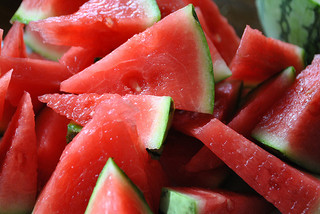
Not only is the fruit delicious to eat, as it contains a large amount of
nutrients. These nutrients give us energy and assist in preventing diseases such as cancer, and reduce heart risks. The
watermelon is rich in electrolytes and water content, yet low in
calories and fats. It has vitamin A, which is essential for vision and
immunity, and is required for healthy mucus membranes and skin. Vitamin
C is also present, which develops resistance against infectious agents.
It also has potassium, a vitamin that helps control heart rate and blood
pressure, helping to prevent strokes and heart diseases. There are many
anti-oxidants as well, including, citrulline, which helps stabilize
blood flow.
Full list of the nutrients found in the watermelon
How do watermelon multiply? Find out under reproduction!
